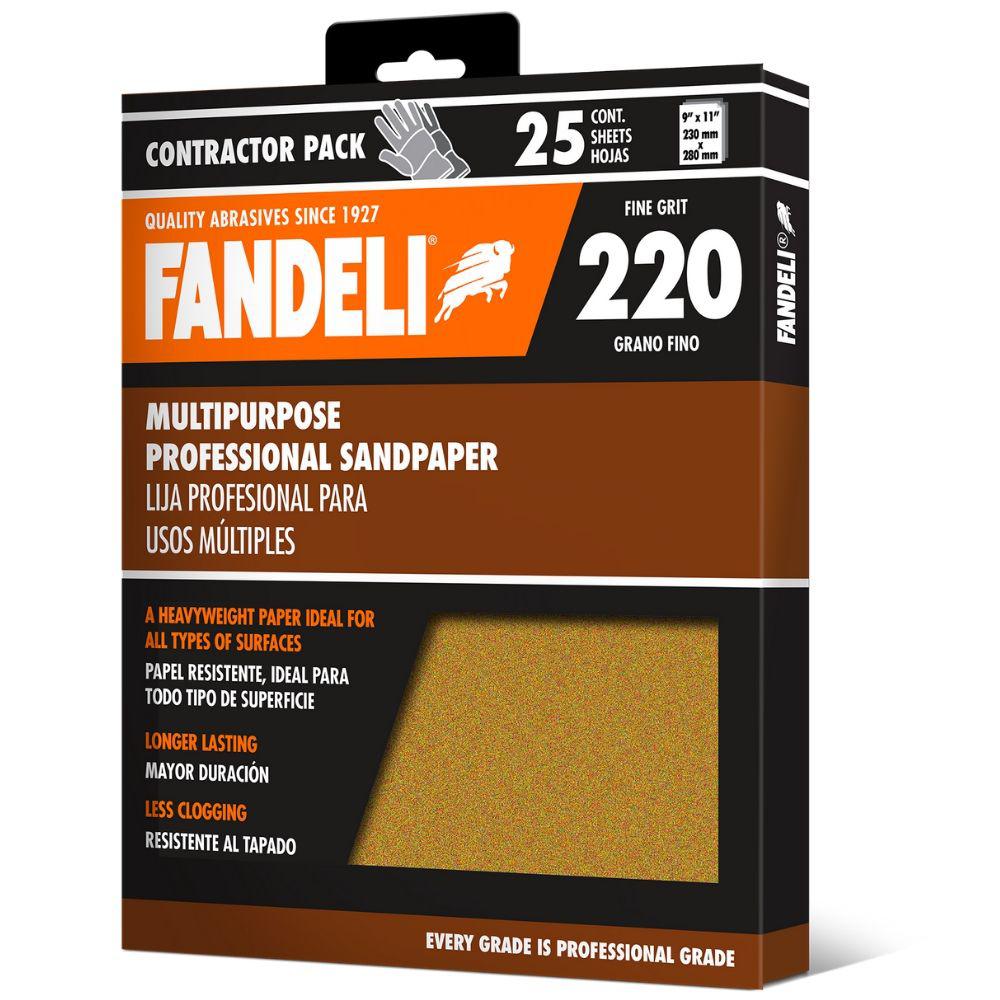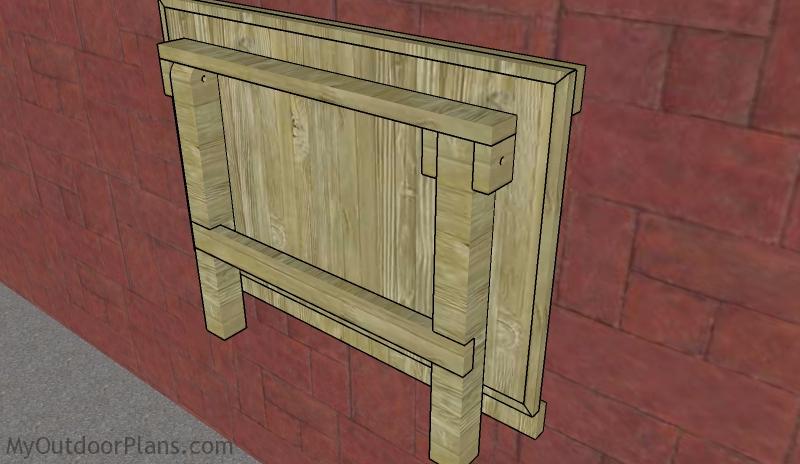
Sandpapers in the range of 100 to 150 will still be rough but will also smoothen out most surfacesĥ. On the other hand, if you want a rougher finish- rubbed walls or walls with blemishes and scratches all over them – it’s best to use sandpapers (grits 220) where 220 is very coarse while 320 is quite fine. The higher the number, the smoother your wall would be- which is great for cleaning up any flaws before painting.Ĥ. If you are unsure what grit sandpapers you should get, get the higher numbers (grits 60 upwards). Sandpapers (grits 60) could also be used on doors with lead-based paints because this type of paint is soft enough to be sanded using lower grit sandpapers like these however, make sure to test the sandpaper on an inconspicuous spot first to see if it’s okay.ģ.

For instance, if you want to re-paint an old wood-paneled wall that has already started peeling (assuming there are no visible cracks), then priming is unnecessary.Ģ. Priming will help prepare the surface for paint application by filling up any cracks and crevices in your walls so that your paint would stick better into that surface. The first thing that you should note is whether or not you need to prime the area before repainting it. That’s why there are a few things that you must remember before starting sanding:ġ. It will take some time and effort before you can achieve a nice sanded look that would mean that your painting job can now commence. Sanding is not as easy as merely running the sandpaper over the surface of our walls. On the other hand, if you live in an apartment or condo unit with neighbors that are not very loud and don’t tend to cause too much commotion- chances are, your walls can be sanded using sandpapers (grits 220) to enable a smooth finish. If your walls usually go through pretty heavy wear and tear- especially on regularly trafficked areas like doorways or hallways, then the chances are that it’s time to use sandpapers (grit 60 and up) to rough it up and provide a better base for your paint.

The average wall surface, most often painted, consists of smooth wood paneling or plaster with a paper covering. If so, continue reading this article to provide you with all the necessary information about sandpaper grits and what they mean. If you are interested in doing some sanding of your current interior walls, the chances are that you need to know what kind of sandpaper grit you’ll be needing. A Detailed Guide on What Grit Sandpaper for Walls: In this article, I will discuss “what grit sandpaper for walls.” So let us get started.

They’ll help you get the right product for your needs.

If you’re not sure what grit sandpaper for walls should be chosen, consult your hardware store’s assistance desk if it has one. For example, unfinished surfaces may need to be leveled out before applying paint. This type of product is used often in DIY projects and can be purchased in some grits depending on the desired finish. Sandpaper, also known as a hand pad or abrasive paper, is a material with particles or grains glued to its surface.


 0 kommentar(er)
0 kommentar(er)
